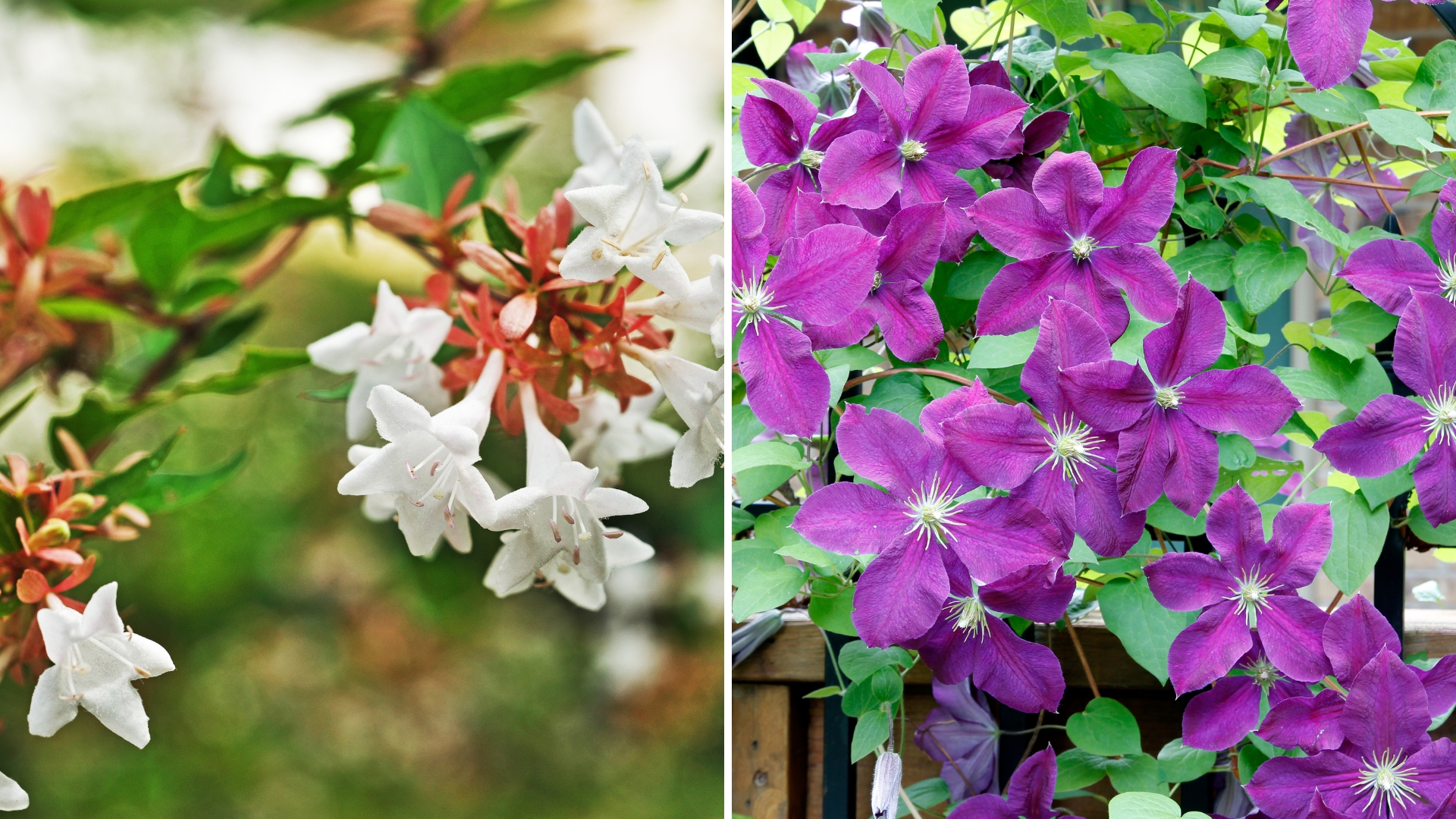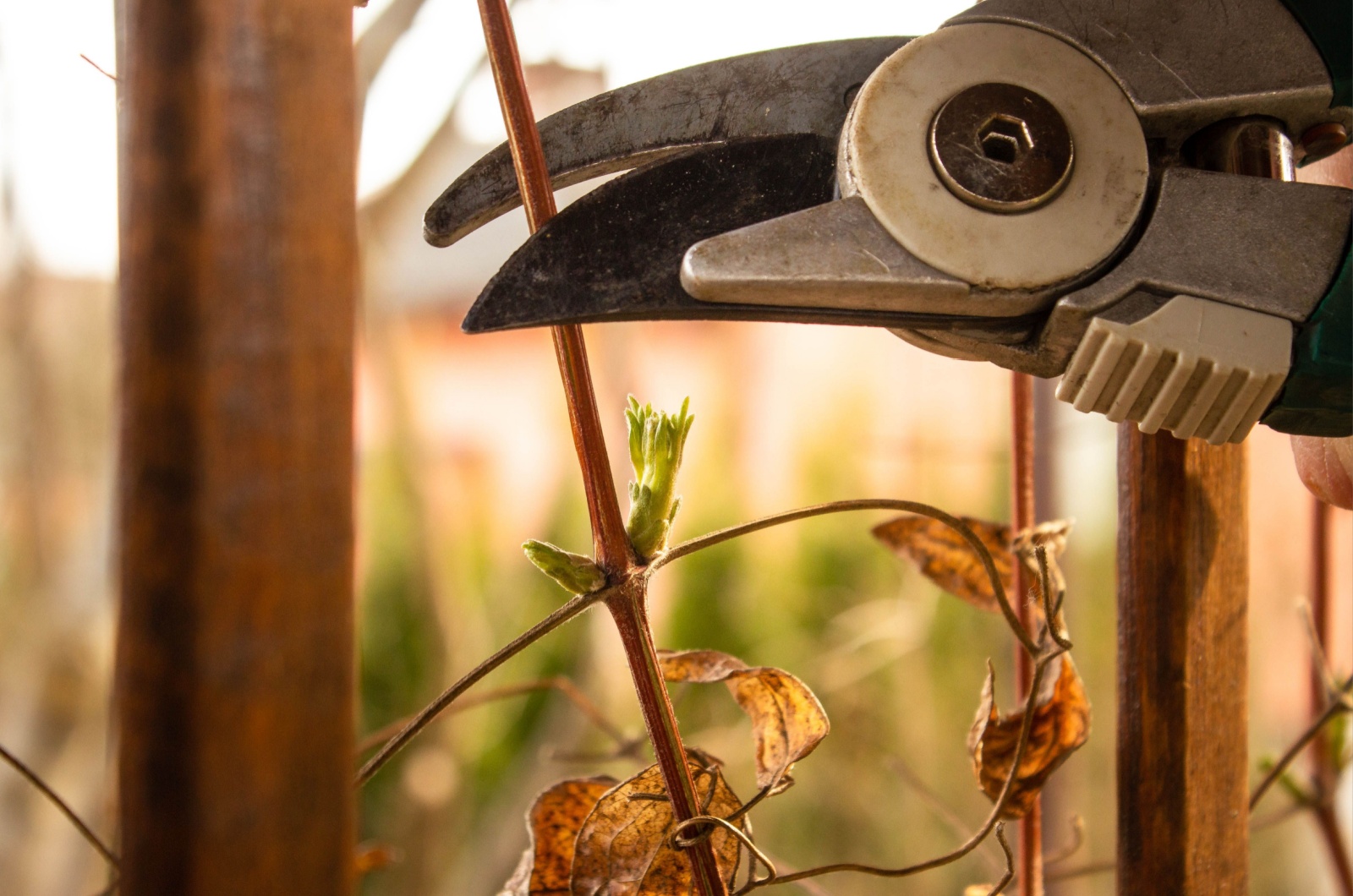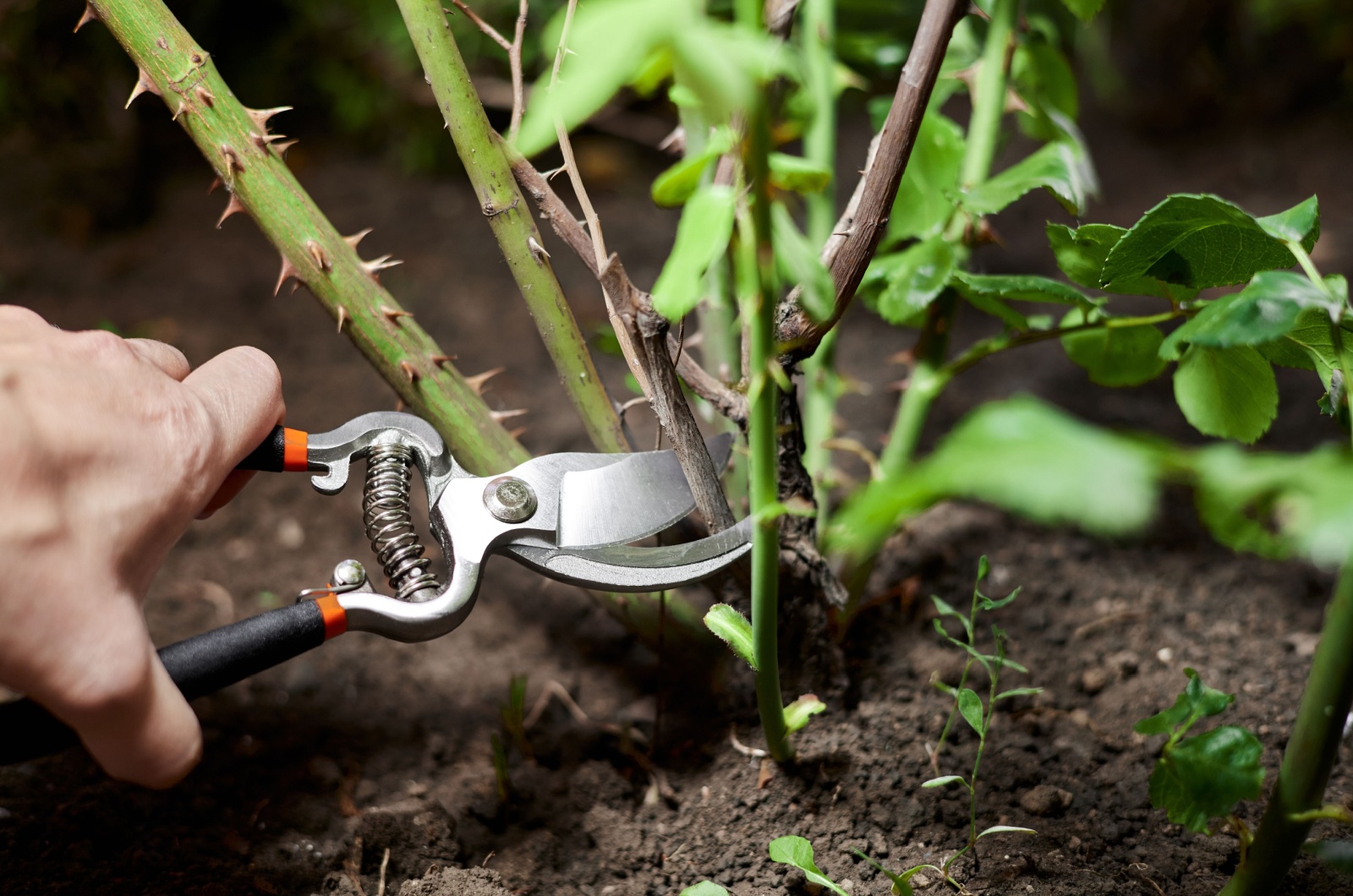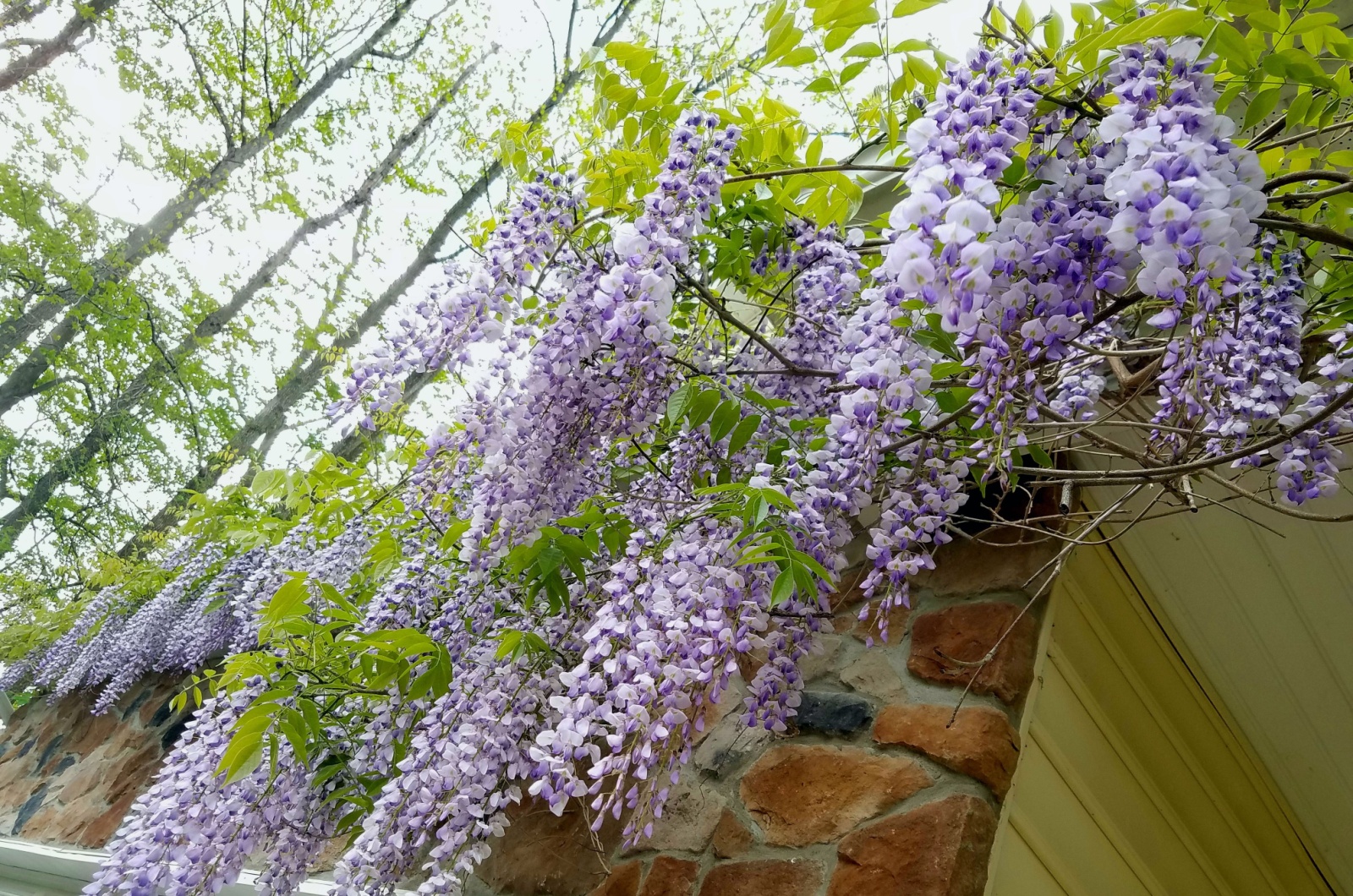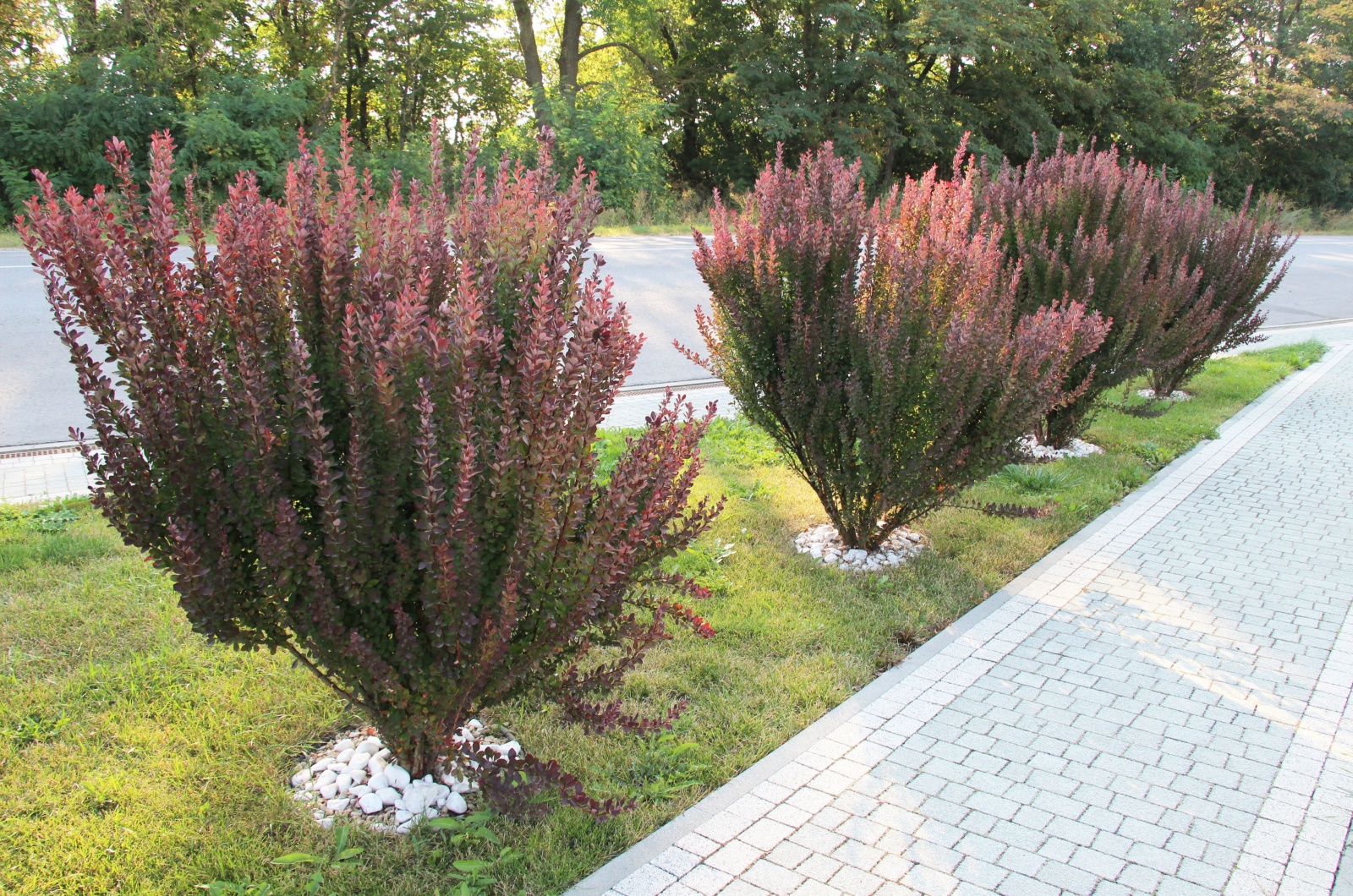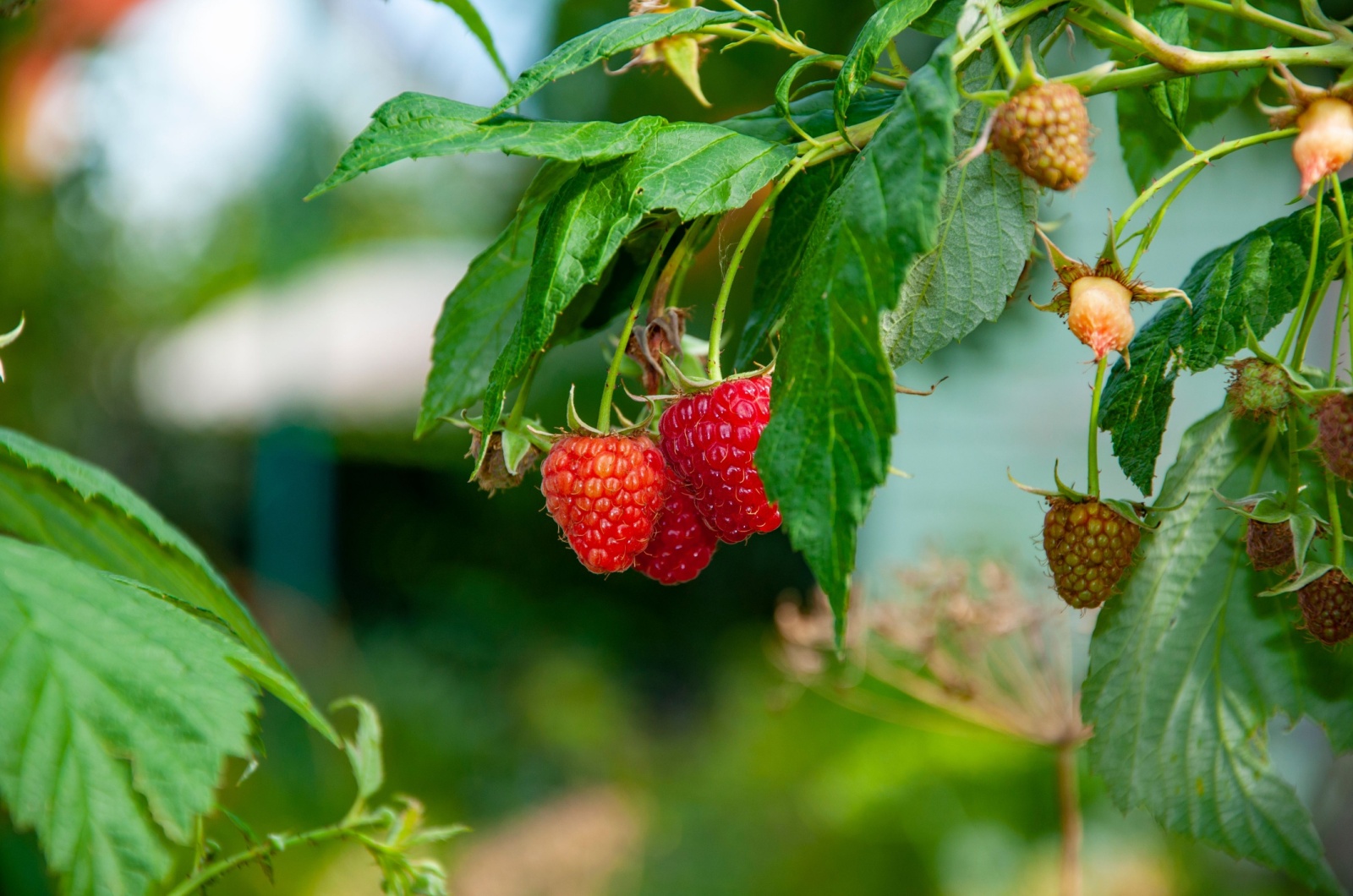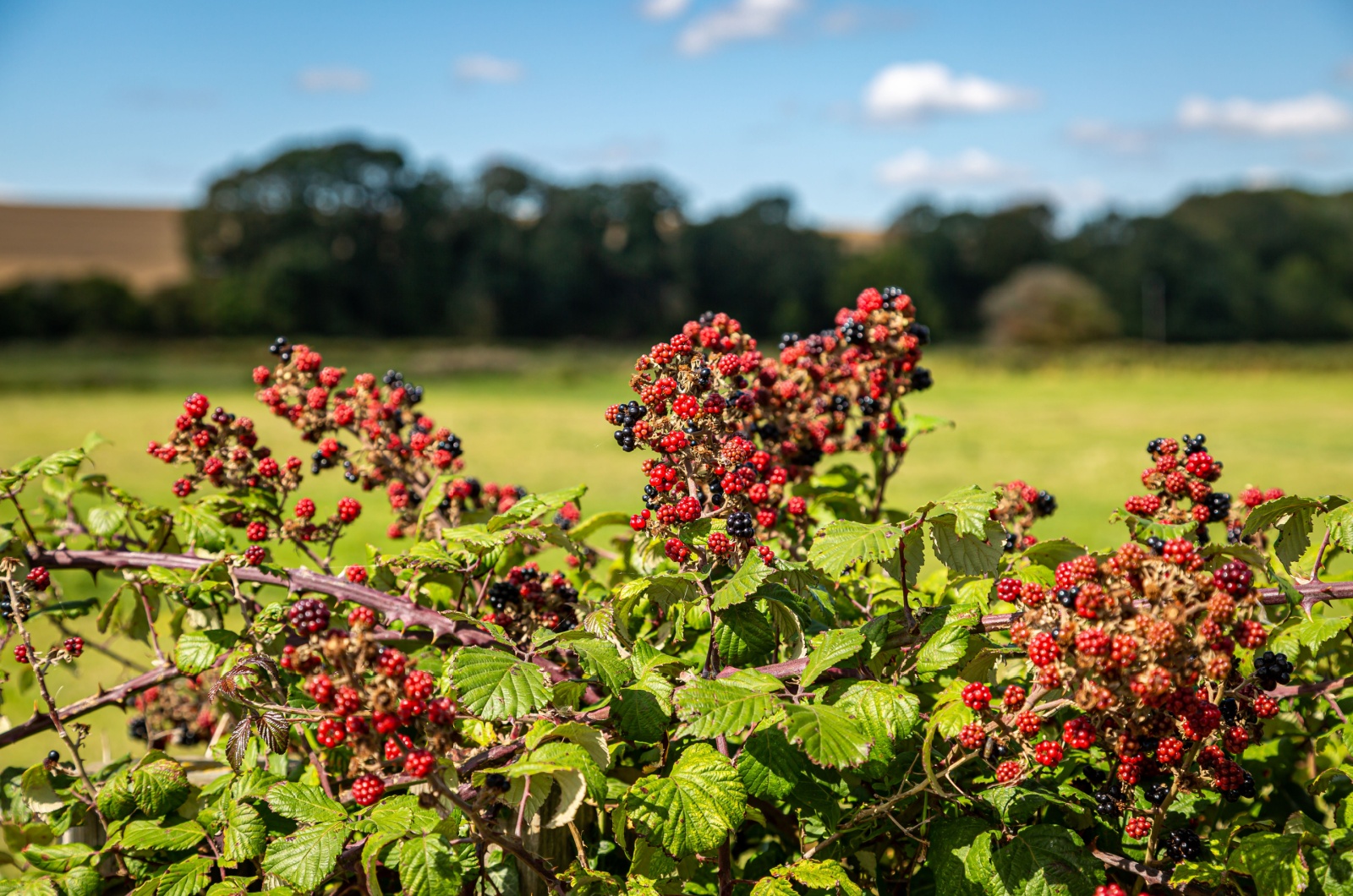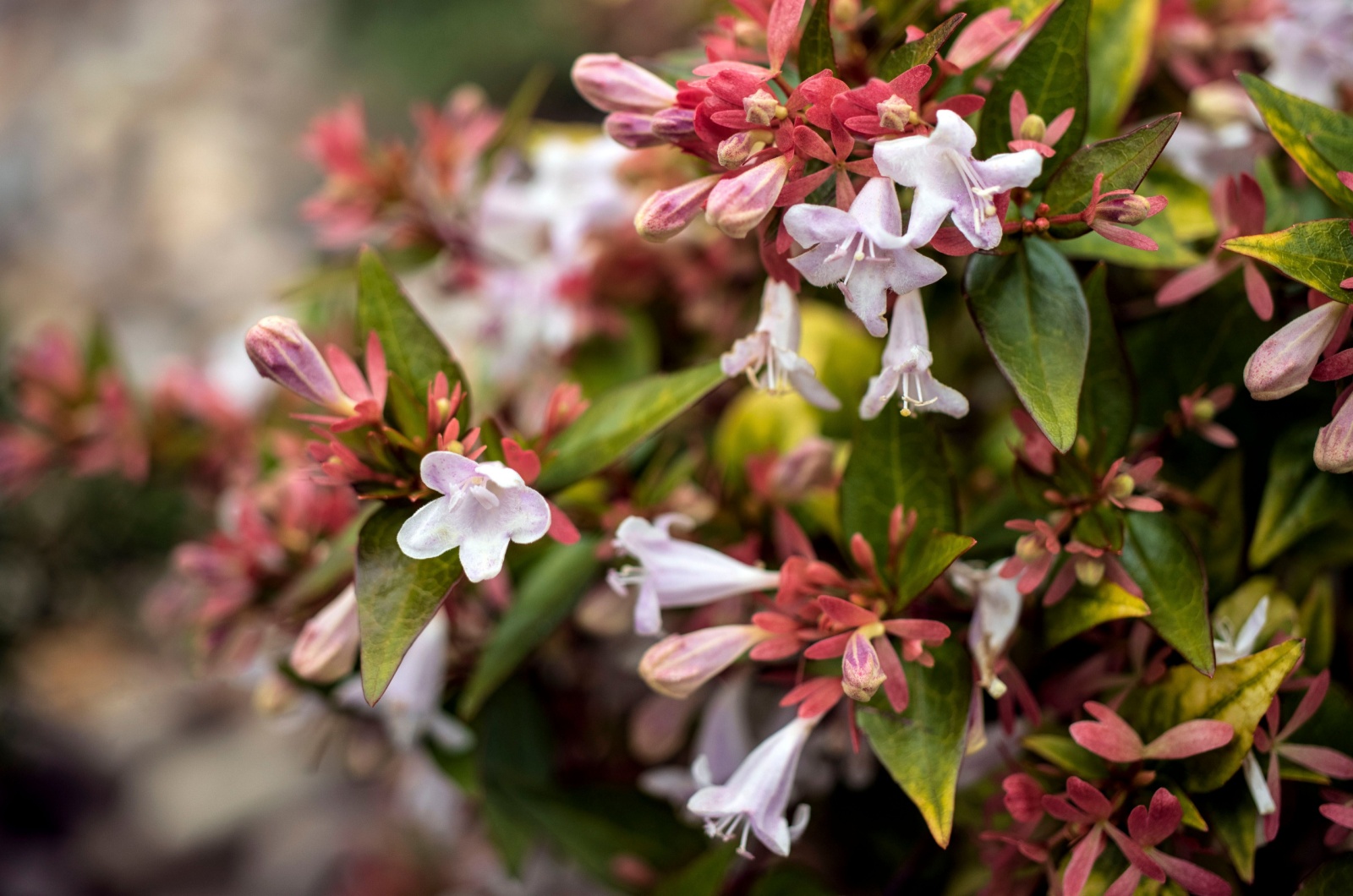As temperatures drop, our gardens are heading for a long winter’s nap. While vibrant colors and blooming flowers aren’t winter’s calling cards, some may think it’s time to hang up the trowel.
But here’s the kicker: this is prime time to lay the groundwork for next season. And the one task you can’t afford to skip is cutting back your favorite plants. This will give them the fresh start they desperately need and you’ll be rewarded with lush growth once the spring arrives.
Of course, not every plant benefits from this method, but I’ll show you 7 that most definitely will!
1. Clematis Will Grow Even Faster If You Cut It Back Now
The first plant on our list is the stunning clematis, a fast-growing specimen with incomparable blossoms.
What many beginner gardeners don’t know is that pruning clematis mainly depends on the group they belong to. They are divided into these groups by their blooming time.
If you have varieties from group 3, winter is the ideal time to cut them back. These clematis plants bloom on this year’s growth, so it would be best to wait until February to cut them back.
Cut back the stems of your clematis plants to the pair of buds closest to the base of the plant.
2. Don’t Forget To Give Your Roses A Haircut
The queen of flowering plants, roses, need pruning to display new growth and more blossoms. And the best time to do that is actually late winter.
They’ll produce new growth in spring, which means you need to get rid of all damaged, diseased, or discolored plant parts. After you’re done with this basic cleanup, you can move to cutting back the remaining stems.
When pruning your knockout roses or any other type, aim for a 45-degree angle for the best results. Continue by cutting back any outward-facing buds so that your roses can develop healthily.
3. Get More Blossoms By Trimming Your Wisteria
I have to admit that I was pretty afraid to prune my wisteria for the first time. I knew it needed trimming in summer and then again in winter and I didn’t want to damage it in any way.
But now I’m glad I put so much effort into pruning because my wisteria blooms abundantly, so I don’t recommend pruning it only once. For the second round of pruning, I either do it in January or February.
Make sure you use sharp pruners because you don’t want to damage your wisteria. Always shorten the longer shoots to about 2-3 buds from the base of your wisteria plant.
Pruning the plant this way will help you keep it in shape and control its growth. It will also be easier for you to train it to climb on your pergola, fence, or wall!
4. Berberis Enjoys Winter Pruning
Beginner gardeners are crazy about berberis plants because of their low care needs. But if you grow deciduous varieties, you have to know you’ll need to cut them back in winter.
And you shouldn’t do it lightly; remember these varieties can survive hard pruning!
It’ll help them stay in shape and they’ll display new growth more easily.
When cutting back your berberis, aim for all dead wood and don’t forget to cut alternate stems down to the base of the plant.
5. Sharpen Those Shears For Your Fall-fruiting Raspberries
Fall is my favorite season because I can harvest the most delicious crops in my garden. And fall-fruiting berries are at the top of the list!
But if you want more berries next year, you should prune the bushes. Why prune in winter? Raspberry bushes are dormant during this period and they’ll benefit from pruning before new growth appears, which is typically in spring.
First, select and completely remove all the raspberry canes that have fruited this year. If you’re unsure, simply search for the older ones and any that have turned brown.
Once you remove them all, move to the remaining canes and cut them back to ground level.
6. Fruit Bushes Could Also Use A Trim
If you grow blueberries, redcurrants, blackberries, or gooseberries, you should plan to cut them back this winter.
I remove old wood on all my fruit bushes every year so that I get the goblet shape.
Plus, I leave the healthiest young branches intact and get larger and more delicious berries year after year.
7. Give Your Abelia An Annual Makeover
And our list ends with the lovely abelia! Everyone loves this easy going plant. With a little effort, you can have a spectacular display of blossoms.
Even though many gardeners claim that abelia doesn’t need pruning, it shouldn’t be skipped.
This especially works for abelias grown in regions with hard and cold winters. Don’t worry, it comes back even stronger. I cut it back in late winter and it gets back on track in a few weeks.
The pruning procedure is simple; start by removing dead, damaged, or diseased wood and then cut the remaining growth back to the ground level.
And that’s it! Cut back these 7 beauties in winter using our foolproof tips, and next season you’ll be sitting pretty with a stunning garden and thriving plants!

